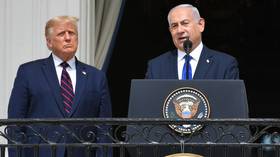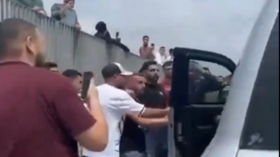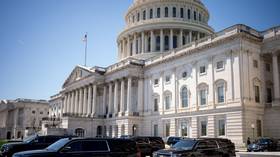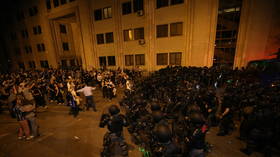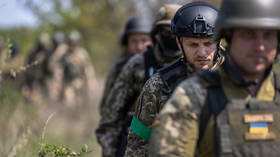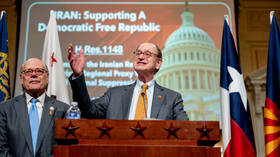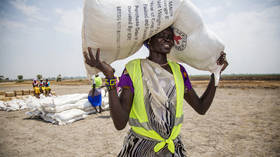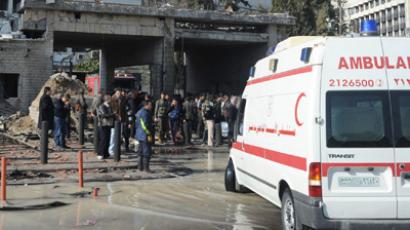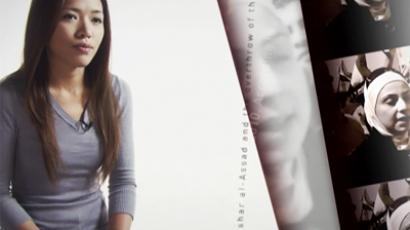Arab League observers in Syria: ‘so far so good’
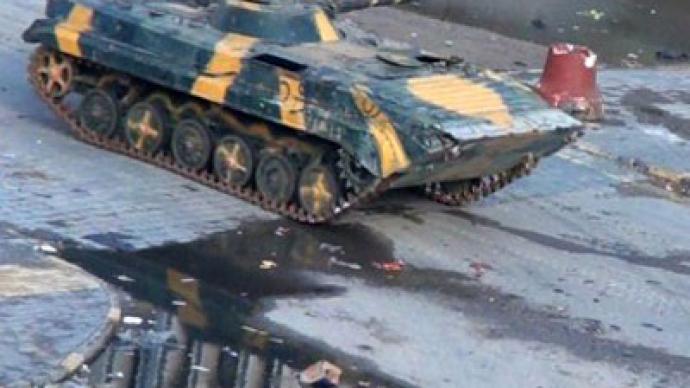
Syrian tanks have started to pull out of the restless city of Homs, report opposition activists. Meanwhile, Arab League observers, who were met by a rally of some 70,000 people in Homs, say their first day in Syria was "very good."
Tuesday morning saw an end to the shelling of Homs, the third largest city in Syria and the cradle of the Syrian opposition. Heavily armored vehicles were seen leaving the city, reports the Associated Press citing opposition activists. The British-based activist group Syrian Observatory for Human Rights confirmed at least eleven tanks had pulled out of the city in western Syria, but said that others were relocated “where [they] can be deployed again within five minutes.”Arab League observers who arrived in Homs on Tuesday after the tanks had left, were met by a 70,000-strong rally seeking “to reveal the crimes committed by the regime,” said the Syrian Observatory for Human Rights. The regime’s forces attempted to disperse the rally with tear-gas. But reports coming from the Syrian National Council suggest observers were unable to move around Homs, as they arrived amid a continuing fight between pro- and anti-regime forces, and “security requirements or means of transportation” were not provided for the monitors. Nevertheless, finishing the first day of the observers’ mission, its head, Sudanese General Mustafa Dabi, said the officials he had met were “responsive” to the observers. He added he was going to Damascus but would return to Homs on Wednesday, while other observers would stay behind in the restive city. The observers have managed to meet local leaders and officials, the governor of the province among them, as well as “relatives of martyrs and a person who had been abducted,” the Syrian television channel Dunia reports.The first 50 observers of an eventual 150 monitors arrived in Syria on Monday [LINK] for a month-long mission to provide an independent ground report and ensure that President Bashar Al-Assad stops the bloodshed.The observers will split into five groups to visit several areas including the provinces of Homs, Idlib, Hama, Daraa and the capital Damascus, said Arab League Secretary General Nabil Al Araby. The Arab League plan, which Damascus signed on December 19, demands that the government remove its security forces and heavy weapons from city streets, start talks with opposition leaders and allow human-rights workers and journalists into the country.The UN estimates over 5,000 people have been killed in the country since the uprising began in March. But opposition activists say 450 more civilians and troops have died since Damascus signed the Arab League’s peace deal. But Dr Jamal Wakim, a political analyst and professor at the Lebanese International University, doubts the observers and their report will be objective, citing pressure from the UN and US, who seem to pursue their own geopolitical interests in the region. The Arab League’s mission to Syria is just “a new phase to put pressure on the Syrian regime,” claims the analyst. If the observers decide the government is unwilling to call a halt to what many say is a brutal crackdown, “this will be used as a pretext for further sanctions and even military intervention,” said Wakim talking to RT from Beirut.



